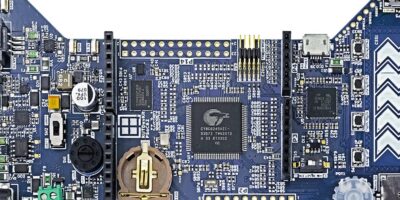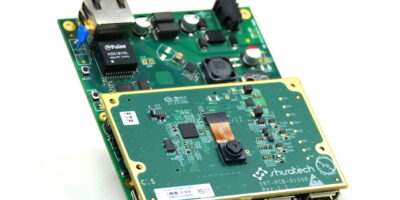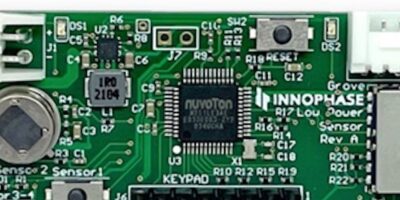Marketed as a complete solution for firmware and hardware developers, the RDK2 development kit from Rutronik, this modular toolkit uses the PSoC62 microcontroller from Infineon Cypress and provides a solution for applications in Internet of Things (IoT), Industrial IoT (IIoT), smart wearables and smart home.
The toolkit is particularly suitable for the development of proof of concepts.
“The electronics industry thrives on innovation. That’s exactly what we demonstrate at Rutronik. The RDK2 has the advantage that the development of products is faster. It offers numerous useful features as well as interfaces and has exceptional flexibility also in terms of application options. All the components we use are available in Rutronik’s portfolio,” said Stephan Menze, head of global innovation management at Rutronik.
The board uses the PSoC62 from Infineon Cypress for this purpose. The microcontroller has a dual-core CPU and suits secure edge computing and cloud applications. The PSoC62 features an integrated power management IC for SMPS and all connected power supplies.
“Infineon welcomes the decision by Rutronik to implement the powerful PsoC62 microcontroller as the core of their newly developed board ‘RDK2’. With the PSoC 6 microcontroller family, Infineon offers a platform for IoT applications that enables connectivity, increased computing power, and security at low power consumption as well as cost. We continue to trust Rutronik’s service and customer reach and with the RDK2 they provide customers with a significant advantage in development,” says Susanne Horn, vice-president of distribution management EMEA at Infineon.
The butterfly design allows improved handling. That ensures user-friendly access to the Arduino connectors and reduces possible interference from electromagnetic influences, especially with RF IoT Arduino Shields. For testing the analogue-to-digital conversion, an integrated potentiometer is available. As a special feature users have access to all PSoC62 pins via the Arduino headers. Additionally, a capacitive sensing technology called Cap Sense is included. It enables a touch surface that serves as a slider.
Go to https://www.rutronik.com







